The city of Bayreuth, in northern Bavaria, is known to be the city of Richard Wagner, not because he was born there (he was in fact born in Leipzig), but because the famous composer spent the last ten years of his life here and because he elected it as the site of the theater to perform his dramas. It can therefore be said that Bayreuth is internationally known as the center of Wagner’s work. A bond between the composer and his city of choice that continues to this day and that each year, in July and August, brings thousands of opera lovers from all over the world to gather on the Green Hill to watch Wagner’s operas live in the Festspielhaus, in whose Hall the Bayreuth Festival entirely dedicated to the composer is held. Bayreuth is also home to Richard Wagner, which he himself christened Wahnfried, as reflected in the phrase on the building’s facade (Hier wo mein Wähnen Frieden fand - Wahnfried - sei dieses Haus von mir benannt; Here, where my illusions find peace - Wahnfried - thus I call my home) open to the public since 2015; today it is home to the Richard Wagner Museum, open to the public since 1976, which presents in three permanent exhibits the composer’s life and work, his influence, and the history of the Bayreuth Festival, supplemented each year by temporary exhibits as well.
But Bayreuth is not just Wagner. In fact, located in this northern Bavarian city is the Margraves Opera House, which has been a UNESCO World Heritage Site since 2012 as a “unique example of Baroque theater and festive culture.” It is considered one of the most beautiful Baroque theaters in Europe and a fully preserved example of court opera house architecture in which one can authentically experience Baroque court opera culture and acoustics. Its auditorium still retains its original materials: wooden loggias and illusionistic painted canvases; it is the survival of these materials that gives an audience of five hundred people the opportunity to appreciate the original acoustic quality and authenticity of an eighteenth-century opera house. The theater was built between 1745 and 1750 on the commission of Margravine Wilhelmine, daughter of Prussian King Frederick William I and favored sister of Frederick the Great, on the occasion of the wedding of Wilhelmine’s only daughter, Elizabeth Frederick Sophia of Brandenburg-Bayreuth. The most famous theater architect of the time, Italian Giuseppe Galli Bibiena, was called in to design the interior of the theater, while the sandstone facade was designed by court architect Joseph Saint Pierre.
Eighteenth-century Bayreuth, with its palaces and parks, is largely Wilhelmine’s work. He actively participated in the design and reconstruction of buildings, but also in all the arts: he painted, composed, wrote plays, acted and directed. In addition to the Margraves’ Opera House, he played a primary role in the construction of two open-air theaters in theHermitage and the reconstruction of the Erlangen Opera House and the Bayreuth Ballroom.
Wilhelmine received the entire Hermitage complex as a gift from Margrave Frederick, her husband, as a birthday present in July 1735. A complex designed as a court hermitage nestled in the woods not far from Bayreuth, it included a palace, a park, a grotto and a fountain. Here the margravial court lived a simple life, with the regulations of a hermit order. The courtiers wore the monk’s habit, slept in bare cells and ate the food prepared for them by the ladies of the court. Once received as a gift, Wilhelmine immediately began redesigning the entire complex: he redesigned the Old Palace, setting up a music room and a Japanese cabinet there, both masterpieces of the Rococo period; he had the New Palace built, with the central Temple of the Sun and a semicircularorangery around the great pool with groups of figures and fountains. On the Temple of the Sun is the god Apollo with a chariot drawn by four horses, and on the columns of the orangery stand forty busts of Roman emperors. The facades of both are decorated with stained glass and mountain crystals. To the park, on the other hand, the margravine added new green areas and architectural elements.
And again, Wilhelmine also took a very active part in the design and construction of the so-called New Palace: after the January 1753 fire that destroyed a large part of the Old Palace, a Baroque style dating back to the seventeenth century, it became necessary for the margrave couple to have a new residence that was more in keeping with the residential style of the eighteenth century. The work of court architect Joseph Saint Pierre, Bayreuth’s New Palace is in fact considered one of the major works of 18th-centuryGerman architecture, a perfect example of Bayreuth’s Rococo style. The building reflects precisely the life, works and philosophy of Margravine Wilhelmina and her husband Frederick. Also worth seeing are the Bayreuth Majolica Collection, the Wilhelmina Margravine Museum and the Bavarian State Painting Collection, with German and Dutch masterpieces from the 17th and 18th centuries in the northern and southern wings of the palace. Not to be missed is a stroll through the Court Garden where you will encounter waterways, artificial islands and statues from the Baroque period.
If you visit Bayreuth there is also to consider that the city has a long tradition of beer production: it has more than eighty breweries. There is also the Maisel Beer Museum, which is located in the historic 19th-century brewery building. Here there are not only the original equipment and kettles, but also more than 5,500 beer glasses and mugs and a collection of 400 rare enameled signs of various breweries and beer brands. And in the Maisel & Friends brewery showroom, the public can experience the craft brewing process up close.
Wagner, theater, opera, Margravine Wilhelmine, rococo, brewing tradition-Bayreuth encompasses it all.
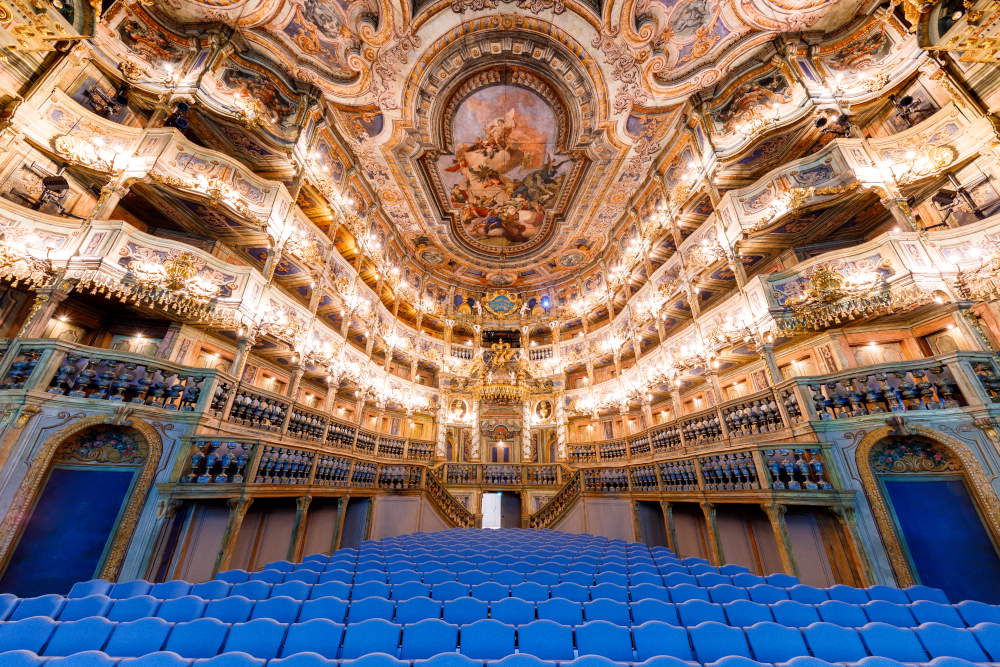
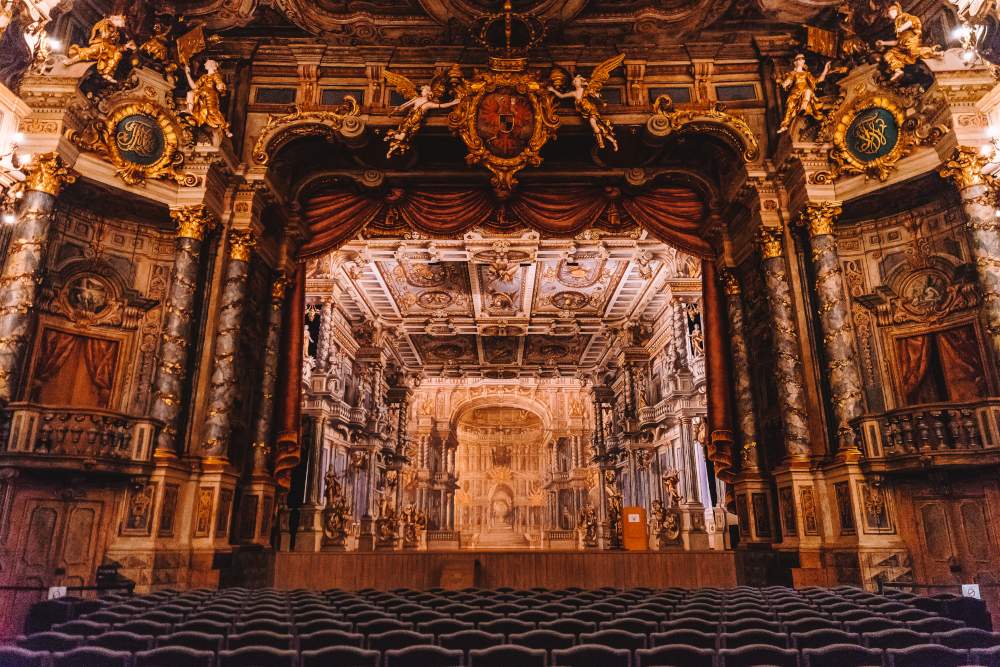

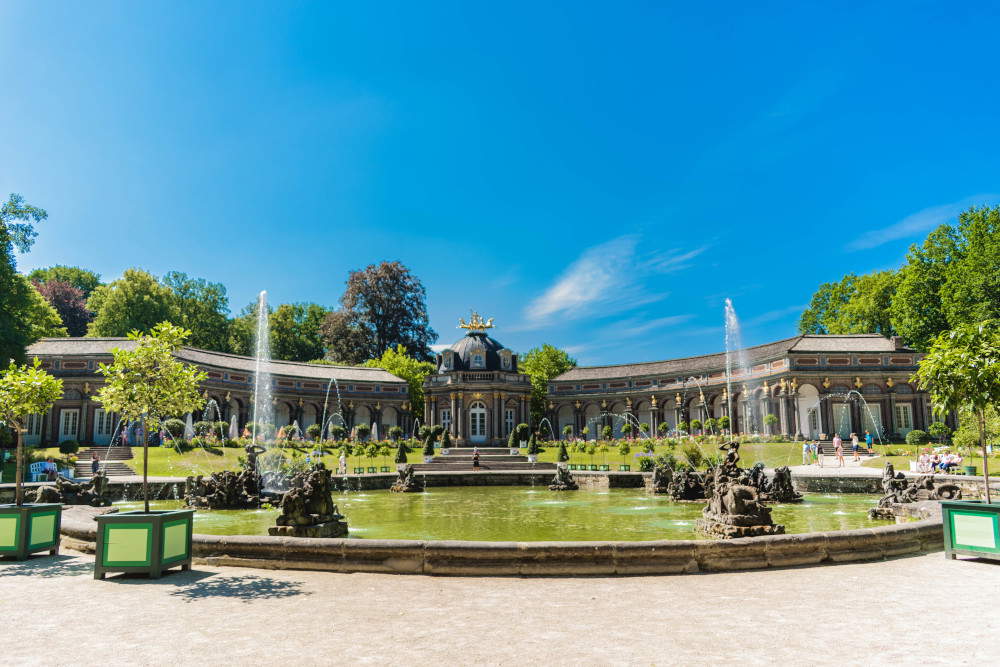
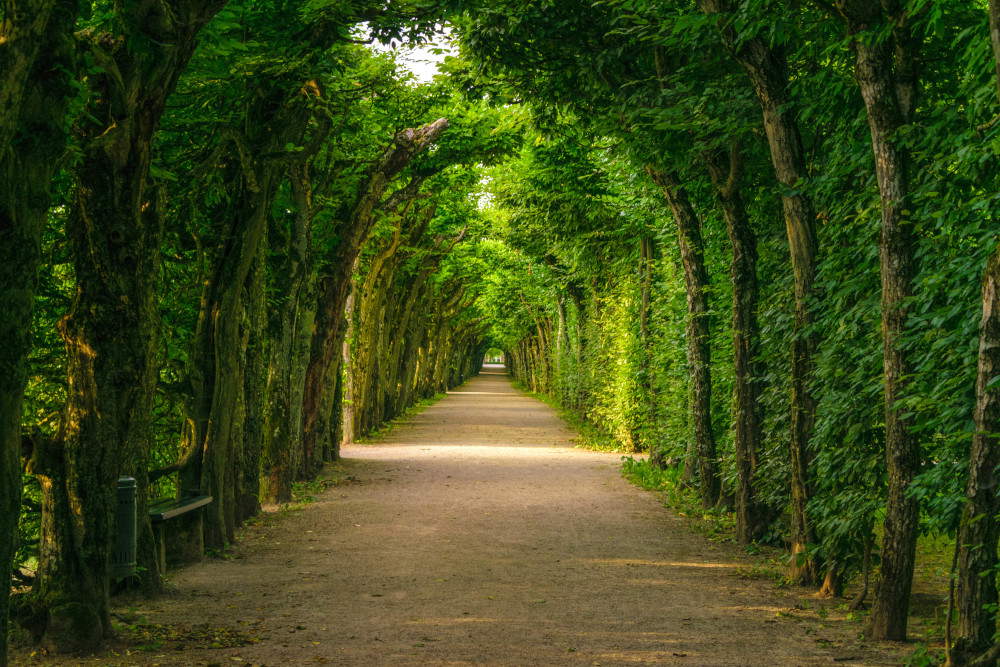
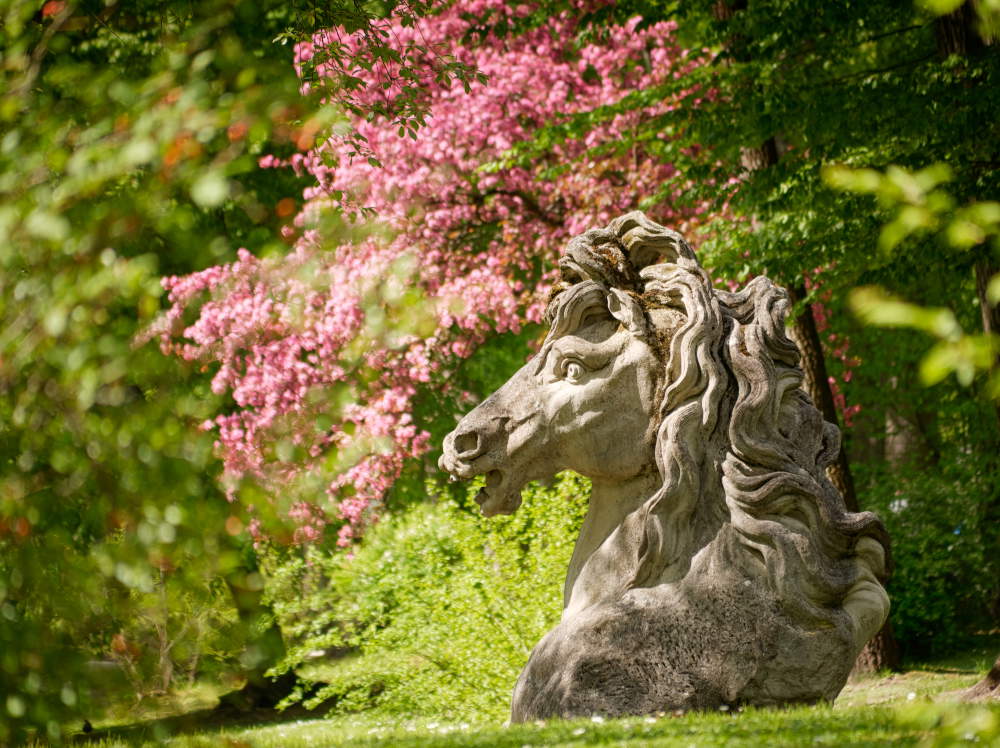

 |
| Bayreuth is not just Wagner. A fully preserved court opera house is a UNESCO World Heritage Site |
Warning: the translation into English of the original Italian article was created using automatic tools. We undertake to review all articles, but we do not guarantee the total absence of inaccuracies in the translation due to the program. You can find the original by clicking on the ITA button. If you find any mistake,please contact us.